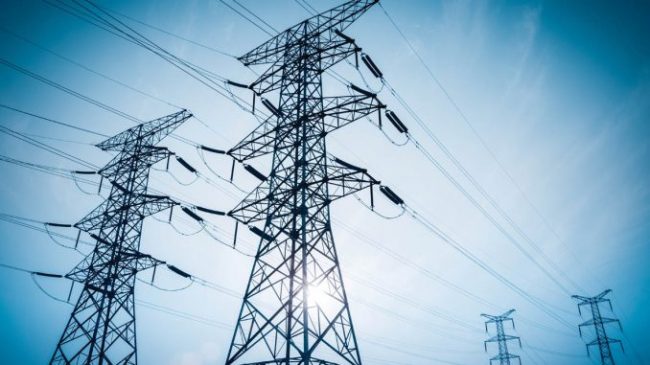A new window has opened up for power sector reform with the final report of the 15th Finance Commission (XVFC) for the five years 2021-22 to 2025-26. This recommendation is among those accepted in the Action Taken Report (ATR), tabled by the government in Parliament along with the report. State government borrowing is to be capped at 4% of state domestic product (SDP) for the new fiscal year 2021-22, to be brought down to 3% in two years. In each of the first four years, a borrowing additionality of 0.5% of SDP is on offer, conditional on power-sector reform.
But there is a problem with that conditional provision. Not with the parameters, which are carefully calibrated, and had already been broadly indicated in the XVFC interim report for 2020-21, in order to give states preparation time of a year. The problem is that the XVFC has introduced an entry-level requirement that all distribution companies (discoms) in the state must have updated and audited accounts for the previous year (2021-22 alone is exempt).
By itself, that is an excellent qualifying condition. The problem is that most states would not qualify. States unfortunately have an incentive to conceal the true financial picture of discoms. States mandate free power for farmers, but do not pay the corresponding subsidy due to discoms on time, or ever. Cost-covering tariffs recommended by power-sector regulators are not always notified. Large consumers evade dues, and even state government departments, local government panchayats and municipalities do not pay their power bills on time, or ever.
In this situation, it is vital that the Centre should play a proactive role in getting the Comptroller and Auditor General (CAG), through its network of state auditors, to help discoms sort through their tangled financial records, and bring them up-to-date. Unless such a help facility for states is opened up, many states may not be able to access the additional borrowing even a year from now, and the incentive might never become operational. The power sector will stay unreformed, and remain a heavy albatross around the neck of the financial sector.
The Financial Stability Report (FSR) of June 2019, much after the reform period mandated by the Ujjwal Discom Assurance Yojana (UDAY) initiated in December 2015, showed that the power sector was ranked second from the top in terms of the stress threat it posed to the banking sector. The power sector is defined to include, in addition to discoms, independent power producers who were left in the lurch because discoms did not have the wherewithal to purchase the power they had contracted to buy. Discoms engaged in supply cuts not because there was no power being generated, but because they were unable to buy it. And why would they want to do so, since on average they made a loss on every unit of power they supplied?
The latest FSR of January 2021 (No. 22 in the series) shows that the category ‘energy infrastructure’ is still ranked second from the top by the same measure of stress (the impact on the capital adequacy ratio of banks of a one-standard-deviation shock to the sector’s non-performing assets ratio).
Power sector reform is therefore of immense concern to the banking regulator, the Reserve Bank of India (RBI). The entry level condition of audited accounts for past years cannot be achieved quickly. The XVFC anticipated this and did make an exemption for 2021-22, but even a year may not be enough given the mess in discom accounts. If an additional year were given, that would be ideal. Parameters like average operating loss per unit of power supplied, could in principle be judged even while the complete accounts are not ready in final audited form. This is not the best thing to do, but is suggested here only because of the urgency to reform a sector that is a drain on the country’s commercial banks.
During 2020-21, states were given additional borrowing rights of 2% of SDP as part of the Atmanirbhar package, of which 1% became fully unconditional, and 1% was in four pieces of 0.25% each, conditional on specified reforms. One of the four was power-sector reform. The Economic Survey reports no states having qualified for the power sector conditionality by 31 December 2020, while several had on the other three. By early March, seven states had qualified.
Power sector reform targets are necessarily state-specific. The XVFC interim report prescribed parameters, but not targets. The only targets visible in the public domain were those on the ministry of power website for UDAY. From the spotty information available in the press on targets and achievements of qualifying states, citing spokespersons, the new targets do not seem aligned with those.
Fiscal year 2020-21 is now history. Going forward, the targets for the conditional component should be as transparent as possible, so that the incentive operates the way it is meant to. Most of all, RBI needs to be an actively consulted partner in the matter. Financial stability cannot be ensured if there is continued failure to reform a real sector which is a never-ending source of loan defaults.





































